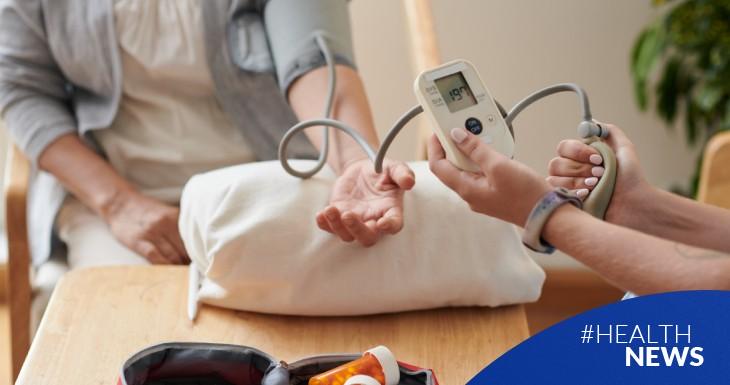Did you know that 1 in 3 adults worldwide has high blood pressure? More than 1.3 billion people live with this silent condition, which, if left unchecked, can lead to serious health problems.
That's why World Hypertension Day is celebrated every May 17th, a perfect excuse to discuss a topic that often goes unnoticed.
What is hypertension, and why does it matter?
Blood pressure is the force with which blood circulates through your arteries. The problem arises when that force is constantly elevated: this forces the heart to work harder and can damage the arteries. The consequence? A higher risk of heart attacks, strokes, kidney problems... and even affects your vision through what is called hypertensive retinopathy.
And be careful with some lesser-known factors: for example, sleep apnea (when you stop breathing for a few moments while you sleep) can also contribute to high blood pressure.
How is blood pressure measured?
Although it may seem simple, there is a correct way to take your blood pressure. Ideally, you should be calm, sitting with your back supported, and your arm at heart level.
It's key to do it in a calm state, not right after climbing stairs, walking briskly, or experiencing a stressful situation. Ideally, your body should be relaxed so that the readings truly reflect your blood pressure.
Also, whenever possible, it's important to do it within the same time range, as this allows for a more accurate comparison of results over time.
Two key numbers:
- Systolic pressure: This is the highest, when the heart contracts.
- Diastolic pressure: This is the lowest, between heartbeats.
A Brief History
The history of high blood pressure began to take shape in 1896, when Italian physician Scipione Riva-Rocci developed the first sphygmomanometer, a device that made it possible to measure blood pressure practically and accurately. Before this breakthrough, knowledge about blood pressure was very limited, and treatments were rudimentary: practices such as bloodletting, extremely restrictive diets, and recommendations to avoid strong emotions were the norm. The lack of specific medication left patients at the mercy of empirical remedies that, in many cases, were more harmful than beneficial.
It wasn't until the 1950s that the first effective medications for treating high blood pressure appeared, such as thiazide diuretics, which helped reduce blood volume and, consequently, arterial pressure. From then on, pharmacological development continued unabated: Then came beta-blockers, angiotensin-converting enzyme inhibitors (ACE inhibitors), calcium channel blockers, and angiotensin receptor blockers (ARBs), among others. Today, thanks to these advances, hypertension can be effectively controlled, preventing serious complications such as heart attacks or strokes.
Myths vs. Realities
"If high blood pressure runs in my family, I'll get it too." → False. There may be a predisposition, but with good habits, it can be prevented.
"I would know if I had high blood pressure." → False. It's the famous silent killer. It often doesn't cause symptoms.
"High blood pressure comes with age." → False. It's more common in older people, but it's not exclusive.
Truths you should know:
- A healthy lifestyle can prevent and control hypertension.
- Regular physical activity is key: it strengthens the heart and reduces stress.
- Avoiding excess salt, alcohol, and cigarettes helps a lot.
This May 17th, we suggest you make a small, big change: start moving more, take care of your diet, and control your blood pressure even if you feel fine. Taking care of your cardiovascular health is a way to give yourself more and better years to come. Your heart will thank you for every step!


